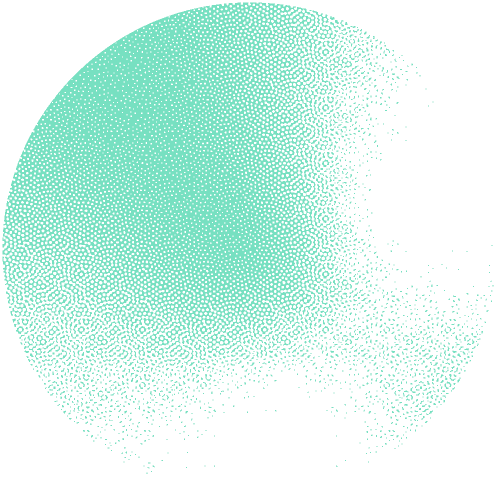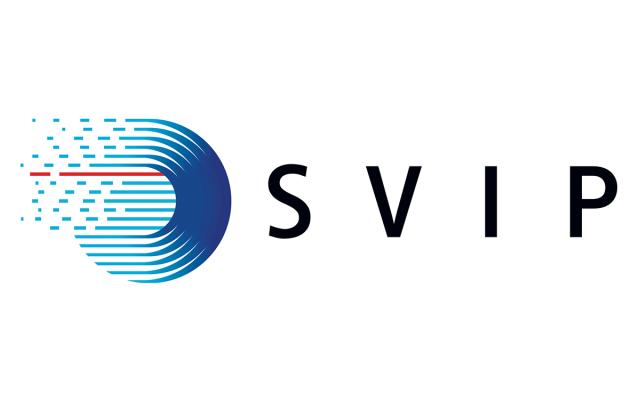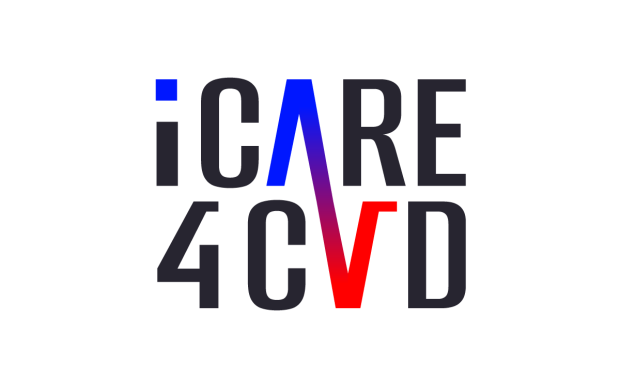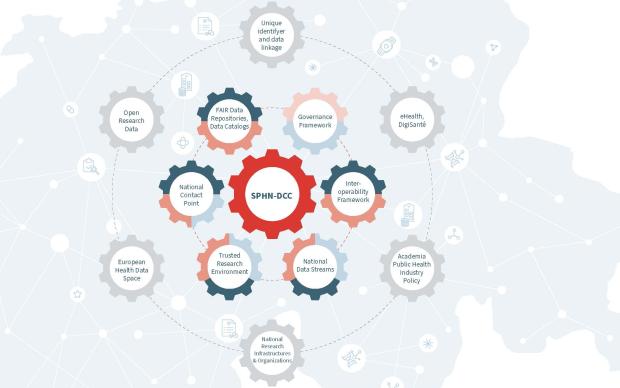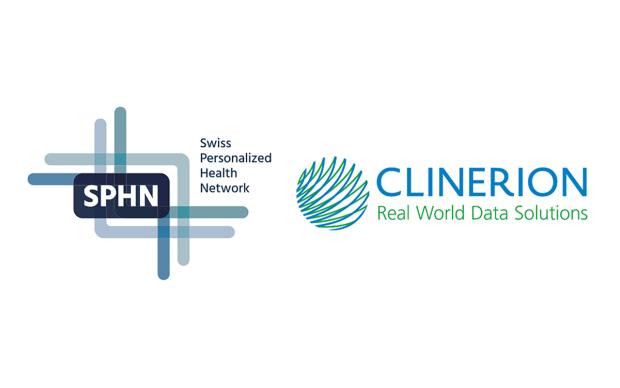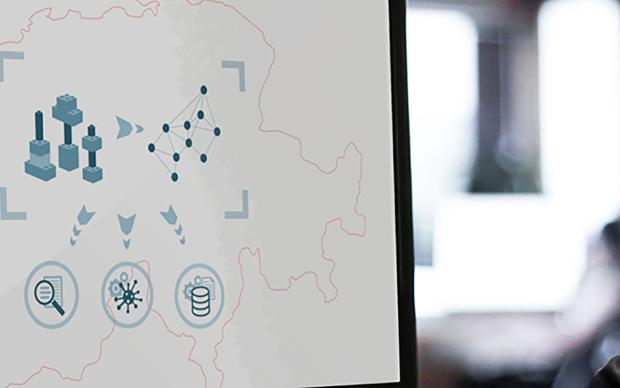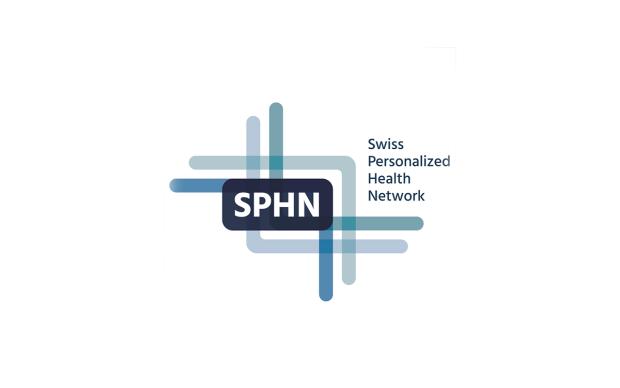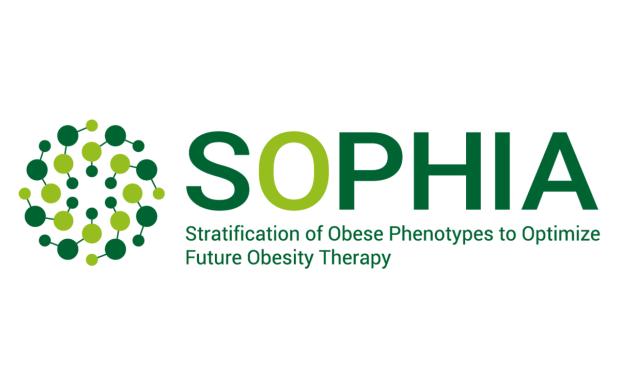Nowadays in Switzerland, most cancerous tumours are sequenced in order to characterize their molecular profile and decide on the most appropriate treatment. But not all genetic mutations found in tumours have the same clinical relevance. The Swiss Variant Interpretation Platform for Oncology (SVIP-O) was launched by SIB, ETH Zurich and HES-SO to offer a harmonized interpretation of cancer variants to clinicians. SVIP-O, now available in its first public version, is funded by the BioMedIT project and the Swiss Personalized Health Network (SPHN). It is one of the first SPHN infrastructure development projects to be up and running.
Proof of concept for the secure exchange of health data in Switzerland
The Swiss Variant Interpretation Platform for Oncology (SVIP-O) aims to provide a central secure resource enabling clinicians and researchers to interpret clinically verified cancer variants and identify those which really matter. The project is funded by SPHN and BioMedIT as an ‘infrastructure development project’, and for good reason: “SVIP-O posed a major security challenge, because clinical patient data in association with the variants themselves can only be hosted on an ultra-secure infrastructure,” explains Valérie Barbié, Clinical Bioinformatics Group Leader at SIB and co-principal investigator of the project. “The project thus contributed to laying the foundations for the protection of sensitive health data in Switzerland through the BioMedIT infrastructure.”
“SVIP-O is not a research project in the classical sense, but rather a nationwide quality improvement endeavour, with clinicians jointly validating variant annotations and using these in routine diagnostics. In addition, these clinically validated data will be made available in a structured and efficient way to researchers everywhere,” says Daniel Stekhoven, Director of NEXUS Personalized Health Technologies, ETH Zurich, and co-principal investigator of the project.
From individual NGS data to harmonized interpretations
Cancer is characterized by several mutations in the tumour’s DNA. Some have little effect – only paving the way for the next one, but sometimes even a single amino acid change can modify the three-dimensional structure of a protein. This can therefore alter its function, such as the control of cell division, causing cancerous cells to develop uncontrollably.
So how does SVIP-O work in practice? Currently, the service is available in a public version 1.0. It offers a summary of public annotations from established resources and a few SVIP-curated annotations.
Ultimately, variants called by next-generation sequencing in the tumours of patients – for example melanoma or breast cancer – will be fed into SVIP-O by clinicians, together with clinical data, such as age or gender, thereby constantly increasing the knowledge base. At the same time, clinicians will be provided with instant-delivery reports on clinically validated variant annotations for all the called variants in their patients.
“In the event of discrepancies with variant annotations from other resources, or when it is at all unclear what an uncommon variant could mean, expert literature curation, supported by text mining tools, will provide an evidence-based preliminary annotation and propose a likely clinical interpretation,” explains Patrick Ruch, Text Mining Group Leader and co-principal investigator of SVIP-O. “Finally, a clinical panel composed of experts from the partner hospitals will review the result, to provide a harmonized, Swiss interpretation.” Expert curation is based on the leading biomedical literature expertise of SIB’s Swiss-Prot biocurators, which represents an additional trust factor for clinical partners of SVIP-O.Cancer is characterized by several mutations in the tumour’s DNA. Some have little effect – only paving the way for the next one, but sometimes even a single amino acid change can modify the three-dimensional structure of a protein. This can therefore alter its function, such as the control of cell division, causing cancerous cells to develop uncontrollably.
Ready to receive clinical data
In its version 1.0, SVIP-O already contains over 340,000 variants from over 700 genes, aggregated from existing international resources such as CIViC, OncoKB, ClinVar, and COSMIC. More than 270 SVIP-curated evidence items have been created – and it is counting as you read.
In addition to the public interface, which is available at svip.ch, the curation interface is in full use, the secure transaction space for sensitive health data has been established, and a responsive review interface for the clinical partners validating SVIP annotations is soon to come. The bottom line: SVIP-O is ready to receive clinical content.
Beyond oncology, and beyond Switzerland
In the foreseeable future, the SVIP-O project intends to collaborate with not only the VICC and BRCA Exchange driver projects of the Global Alliance for Genomics and Health (GA4GH), but also the ELIXIR groups developing the next generation of Beacon API, enabling a seamless exchange of annotations globally, and thus giving us a fighting chance against cancer and other, rare, diseases.
The SVIP-O project is co-led by three Group Leaders of SIB, Valérie Barbié, Daniel Stekhoven, and Patrick Ruch, who lead the Clinical Bioinformatics Group at SIB, NEXUS Personalized Health Technologies at ETH Zurich, and Text Mining Group from HES-SO, respectively.
SVIP-O relies on a national network of medical institutions committed to a joint goal: Swiss Society of Molecular Pathology; Swiss Society of Pathology; Personalized Health Basel; Kantonsspital Baselland; Bern University Hospital; Department for BioMedical Research and Institute of Tissue Medicine and Pathology, Bern University; Geneva University Hospital; Lausanne University Hospital; Locarno Institute of Pathology; St Gallen Cantonal Hospital; Zürich University Hospital

